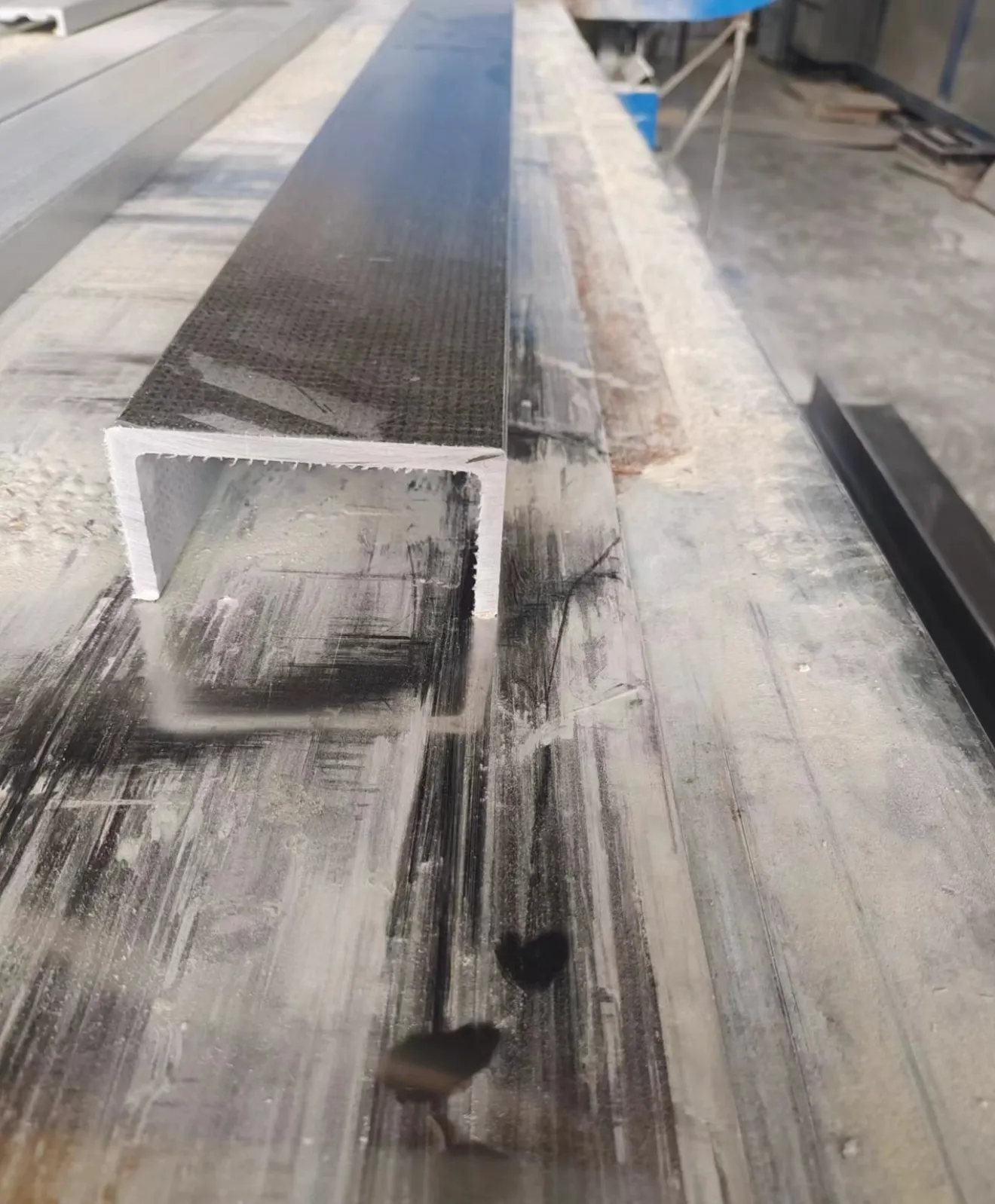loading...
- No. 9, Xingyuan South Street, Dongwaihuan Road, Zaoqiang County, Hengshui, Hebei, China
- admin@zjcomposites.com
- +86 15097380338
- Welcome to visit our website!
Exploring the Various Uses and Benefits of FRP Channels in Modern Construction Projects
Understanding FRP Channels A Comprehensive Overview
Fiber Reinforced Polymer (FRP) channels have gained significant traction in various industries due to their unique properties and versatility. Derived from a combination of polymer resins reinforced with fibers—most commonly glass, carbon, or aramid—these materials offer a lightweight yet highly durable alternative to traditional construction materials such as steel and concrete. In this article, we will explore the key features, applications, advantages, and future potential of FRP channels.
Key Features of FRP Channels
One of the most notable characteristics of FRP channels is their exceptional strength-to-weight ratio. This inherent quality makes FRP channels an attractive option for applications requiring both strength and reduced weight. Additionally, they exhibit excellent resistance to corrosion, which allows for longevity in harsh environments, such as marine and chemical processing settings. FRP channels do not conduct electricity or heat, making them suitable for electrical insulation applications. Furthermore, their customizable nature allows engineers to design FRP channels to meet specific project requirements regarding size, shape, and load-bearing capacity.
Applications of FRP Channels
The versatility of FRP channels translates into a wide array of applications across different sectors. In the construction industry, they are utilized in bridges, buildings, and support structures where weight reduction is critical. Maritime applications often see FRP channels used in shipbuilding and offshore structures, as their corrosion resistance is vital in salty marine environments.
The transportation sector also benefits from the adoption of FRP channels, particularly in railway and automotive industries, where weight savings contribute to improved fuel efficiency. In addition, the chemical processing industry employs FRP channels for storage tanks, piping systems, and containment structures where chemical resistance is paramount.
Moreover, the renewable energy sector finds FRP channels useful in wind turbine applications, where low weight is essential for the efficiency and structural integrity of the turbines. In sports and recreational facilities, FRP channels are increasingly being used to build lightweight, durable structures that can withstand the rigors of public use.
frp channel

Advantages of FRP Channels
The advantages of using FRP channels are manifold. Their lightweight property significantly reduces transportation and installation costs, as less manpower and equipment are needed for handling and assembling these materials. Furthermore, the corrosion resistance of FRP reduces maintenance costs over the lifespan of the structure, as the need for protective coatings and treatments is minimized.
Another significant benefit is design flexibility. Engineers can create complex shapes and sizes tailored to specific needs without the limitations imposed by traditional materials. This capability can lead to innovative designs that maximize functionality and aesthetic appeal.
Additionally, FRP channels are often produced using sustainable practices, aligning with the growing demand for environmentally friendly construction materials. Their recyclability further enhances their appeal in a world increasingly focused on sustainable practices.
Future Potential of FRP Channels
As technology continues to advance, the future of FRP channels looks promising. Ongoing research in composite materials and manufacturing techniques could lead to enhancements in the performance characteristics of FRP, further solidifying their place in modern engineering. The integration of smart materials and sensors into FRP channels presents exciting possibilities for creating structures that monitor their integrity in real-time.
In conclusion, FRP channels are a testament to the intersection of innovation, sustainability, and engineering prowess. Their extensive range of applications and inherent advantages positions them as a vital component of future construction and design practices. As industries continue to prioritize efficiency and environmental responsibility, the role of FRP channels is likely to expand even further, leading to new solutions and advancements in various fields.
-
Premium FRP Handrail for All ApplicationsNewsAug.29,2025
-
Low Maintenance FRP Mini Mesh Grating ProductsNewsAug.29,2025
-
Innovative FRP Square Tubes for Modern Industrial SolutionsNewsAug.29,2025
-
FRP Water Storage Tanks Wholesale Solutions for Bulk BuyersNewsAug.29,2025
-
FRP Molded Grating Solutions for Diverse Industrial ApplicationsNewsAug.29,2025
-
Construction Advancements Through FRP Pultruded ProfilesNewsAug.29,2025
-
Why Choose FRP Railings, Guardrails, and Handrail Systems?NewsAug.29,2025
